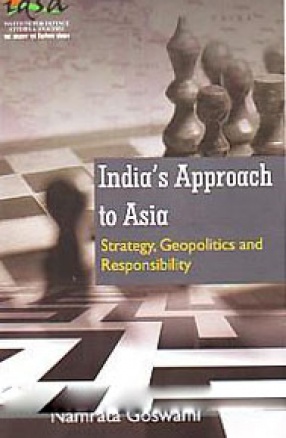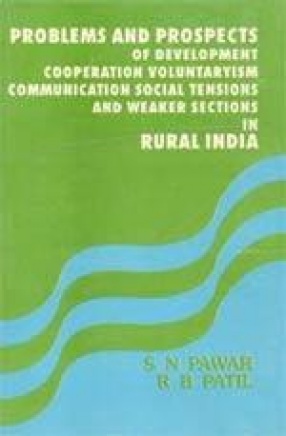The Indian freedom struggle has been covered from 1876 to 1947, not from 1885 when the Indian National Congress was established. Because that year Surendranath Banerjea had laid the foundations of the freedom movement. An unconventional method has been adopted insofar as the text has been built not on a succession of events in their chronological sequence, but from person to person, through profiles of individuals who shaped the freedom struggle, and whom I call the pathfinders. Their role has been projected through three distinct phases: first, rise of political consciousness from 1876 to 1904 as Moderates; second, emergence of unrest and militancy from 1905 to 1920 as extremists; and third, coming of non cooperation under Gandhi from 1921 to 1947. Since some of the leaders profiled were not Moderates, extremists or Gandhites, they have been grouped together in Part IV: The Other Greats. The leaders’ role has been highlighted individually, rather than the narration building itself up on a flow of events. The profiles are a wide sweep of history in their depth and meaning, evaluating the triumphs and failures of individuals, the actions of some, inadvertently, contributing to India’s Partition in 1947. The Epilogue briefly touches upon what has happened since Independence in 1947 in respect of Democracy, economy and secularism, which have had a direct bearing on the nation’s current turmoil, conflict and chaos.

Indian Freedom Struggle: The Pathfinders From Surendranath Banerjea to Gandhi
In stock
Free & Quick Delivery Worldwide
reviews
Bibliographic information
Title
Indian Freedom Struggle: The Pathfinders From Surendranath Banerjea to Gandhi
Author
Edition
1st Ed.
Publisher
ISBN
8173044422
Length
232p., 23cm
Subjects





There are no reviews yet.